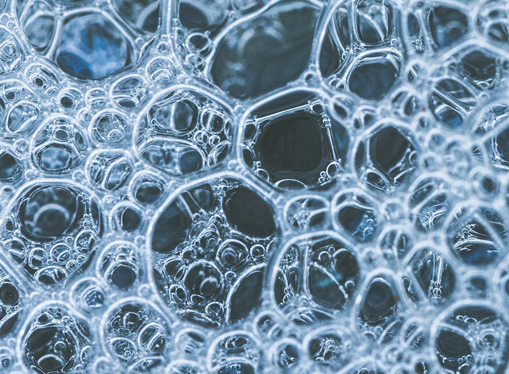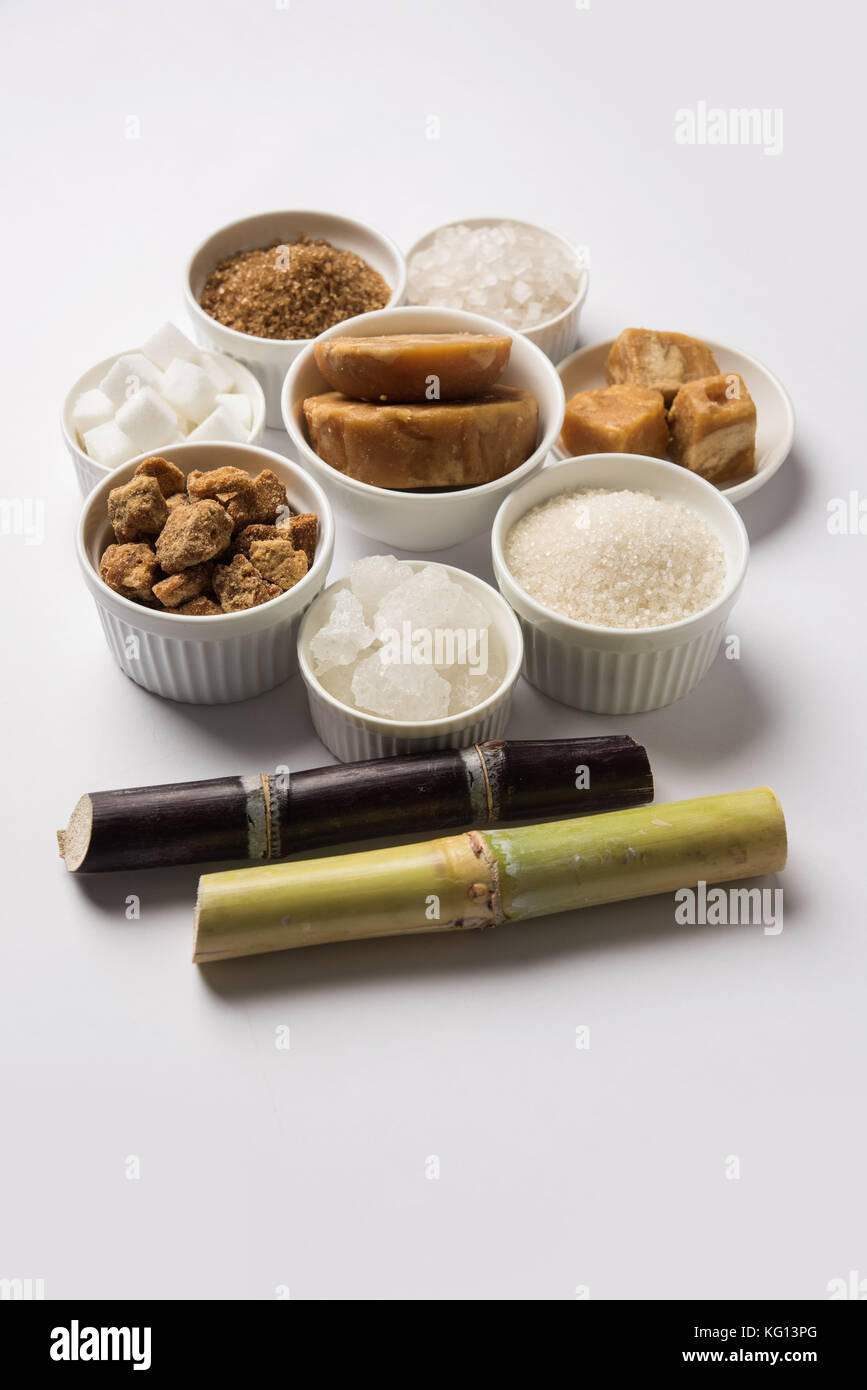What sugar cane products Reveal About Agro-Industrial Trends
The Comprehensive Trip of Sugar Cane: Recognizing Supplies and Production Approaches
The journey of sugar cane is a complicated procedure that begins in exotic areas with excellent expanding problems. Cultivation practices are designed to optimize yield and sustainability. Harvesting methods range from standard manual strategies to modern-day mechanical techniques. After harvest, sugar walking cane goes through numerous processing phases to change it right into granulated sugar. This expedition discloses not only the details of production however additionally the more comprehensive effects for worldwide markets and the atmosphere. What exists beyond this first makeover?

The History of Sugar Cane Cultivation
Although sugar cane farming dates back thousands of years, its origins can be mapped to the exotic areas of Southeast Asia, where very early farmers initially identified the plant's pleasant sap. This discovery resulted in the cultivation of sugar walking stick as a staple crop, gradually infecting India and the Center East. By the very first millennium AD, sugar cane was being cultivated in these regions, where techniques for drawing out and fine-tuning sugar were developed.The plant got importance in Europe throughout the Campaigns, as returning soldiers brought knowledge of sugar production back home. By the 15th century, the facility of sugar vineyards started in the Caribbean, driven by the demand for sugar in Europe. The transatlantic slave labor sustained this development, as enslaved labor was utilized to make the most of production. Over centuries, sugar cane farming advanced, affecting economic climates and cultures worldwide, making it a considerable agricultural product.
Growing Problems and Agricultural Practices
The successful farming of sugar cane relies heavily on certain expanding conditions and agricultural techniques. Suitable temperature levels range in between 20 to 32 levels Celsius, with well-distributed rains of 1,500 to 2,500 millimeters annually. Dirt quality is crucial; loamy or sandy dirts, abundant in raw material, advertise healthy and balanced growth.Farmers commonly employ various farming techniques to enhance yield. Plant rotation and intercropping are typical techniques to maintain soil fertility and control bugs. Regular watering might be essential in drier areas, making certain that the plants obtain appropriate wetness. Fertilizing, particularly with nitrogen and potassium, is vital for durable growth.Pest and weed monitoring approaches, including integrated parasite management (IPM), assistance to decrease losses. Lasting practices, such as minimal husbandry and organic farming, are acquiring traction among producers to protect the setting. Jointly, these factors contribute greatly to the successful production of sugar walking stick.
Gathering Strategies and Timing
In sugar walking stick production, the selection between manual and mechanical harvesting significantly affects performance and return. Timing is also essential, as harvesting at the ideal moment assurances maximum sugar content and minimizes losses. Comprehending these variables is essential for effective sugar cane farming.
Guidebook vs. Mechanical Harvesting
Harvesting sugar cane entails two key approaches: manual and mechanical, each with distinctive advantages and difficulties. Hands-on harvesting, commonly carried out by workers using machetes, permits better accuracy in reducing and decreases damages to the plant. It is usually favored in areas with uneven terrain or where the plant is sprinkled with various other plants, as workers can navigate these complexities better. However, it is labor-intensive and lengthy. Conversely, mechanical harvesting uses specialized devices to cut and collect the walking stick quickly, boosting effectiveness and minimizing labor costs. This technique is matched for large-scale procedures but can bring about higher plant damages and dirt compaction. Inevitably, the selection in between handbook and mechanical harvesting depends on different elements, consisting of economic considerations and ecological problems.
Optimum Harvesting Timing
Choosing the ideal minute to harvest sugar walking stick substantially influences both yield and top quality. Ideal collecting normally takes place when the walking stick gets to complete maturity, generally between 12 to 18 months after planting. At this phase, sucrose levels peak, guaranteeing the ideal sugar extraction rates. Climate problems also play a crucial function; harvesting throughout completely dry durations can protect against damages to the walking cane and minimize dirt compaction. Additionally, keeping an eye on the plant's color and fallen leave drop can show readiness, as a yellowing of the fallen leaves suggests that the walking cane is ripe. Timely harvesting is essential, as hold-ups can lead to reduced sugar web content and increased sensitivity to insects and illness, eventually influencing general production effectiveness.
Handling Techniques: From Cane to Sugar
The processing of sugar walking stick entails important extraction strategies that separate the juice from the coarse plant material. Complying with removal, the refining process changes the raw juice into crystallized sugar, ensuring pureness and quality. Understanding these approaches is vital for understanding the trip of sugar from cane to final item.
Removal Strategies Overview
Removal techniques play a significant function in changing sugar walking cane into usable sugar. The walking stick is harvested and delivered to refining centers where website link it goes through comprehensive cleaning to remove contaminations - sugar cane products. The following step includes crushing the walking stick using heavy rollers, which releases the juice including sucrose. This juice is after that cleared up via the addition of lime and warmth, permitting contaminations to settle out. After information, the juice is vaporized under controlled temperatures to concentrate the sugar web content. Consequently, crystallization happens, where sugar crystals are formed as the concentrated juice cools down. These strategies ensure the efficient removal of sugar while maintaining the high quality needed for further processing. Understanding these methods is important for comprehending the total production of sugar from sugar cane
Refining Process Explained
Refining sugar from the extracted juice is a crucial step that improves its purity and quality. This process involves numerous phases, starting with explanation. The juice is heated up and treated with lime and other agents to get rid of pollutants, resulting in a more clear fluid. Next, the clarified juice undertakes dissipation, where water is eliminated to concentrate the sugar web content. The focused syrup is then crystallized by cooling down, enabling sugar crystals to form. These crystals are divided from the staying syrup, known as molasses, with centrifugation. The raw sugar is further improved with washing, purification, and drying, which eliminates any type of remaining contaminations. The end item is the granulated sugar frequently used in families and industries worldwide, making certain consistency and sweet taste.
Sustainable Practices in Sugar Cane Production
Sugar cane production has commonly counted on intensive farming approaches, there is an expanding focus on lasting methods that promote ecological wellness and financial stability. Farmers are progressively taking on strategies such as crop turning, which enhances soil fertility and lowers parasite infestations. Integrated bug monitoring (IPM) is additionally getting grip, permitting natural predators to control pest populations, thereby decreasing chemical pesticide use.In addition, innovations in watering approaches, such as drip watering, are being utilized to preserve water resources. Lasting land administration practices, consisting of decreased tillage, assistance prevent dirt erosion and keep biodiversity. Many manufacturers are checking out natural farming methods, which eschew synthetic fertilizers and pesticides entirely, cultivating a much healthier ecosystem.
The Worldwide Sugar Market and Economic Influence
Sustainable methods in sugar walking cane production not only profit the environment yet also influence the dynamics of the worldwide sugar market. As consumer demand changes in the direction of morally generated items, nations embracing lasting methods obtain affordable advantages. This pattern motivates major sugar merchants, such as Brazil and India, to integrate environmentally friendly methods, consequently influencing worldwide prices and supply chains.Moreover, fluctuations in production as a result of environment change and ecological regulations can cause volatility in sugar prices, impacting economic climates reliant on sugar exports. For circumstances, areas that buy sustainable farming might experience boosted yield stability, bring about far better market positioning.Economic effects expand past individual nations, as international profession arrangements and tolls shape the affordable landscape. Eventually, the interaction between lasting practices and market dynamics emphasizes the value of adaptive strategies in a rapidly transforming economic setting, influencing both manufacturers and consumers in the worldwide sugar market.
Technologies in Sugar Cane Application and Byproducts

As the need for renewable energies expands, developments in sugar walking stick use and results are changing the farming landscape. Researchers and business owners are exploring novel applications that prolong past typical sugar production. One considerable development is the conversion of bagasse, the coarse residue left after juice extraction, into bioenergy and bioplastics (sugar cane products). This not only reduces waste yet also provides sustainable energy choices for handling facilities.In addition, innovations in fermentation modern technology have resulted in the production of biofuels, such as ethanol, from sugar cane, which adds to cleaner energy solutions. The removal of molasses has actually opened avenues for creating value-added items like pet feed and specialty spirits.These innovations not only boost the economic viability of sugar walking cane growing but also advertise environmental sustainability, making sugar walking stick a pivotal plant in the change towards a round economic climate. The recurring expedition of its prospective remains to generate appealing results
Frequently Asked Inquiries
What Are the Health Consequences of Consuming Sugar Cane Products?
The health and wellness results of consuming sugar walking cane items can vary. While they supply energy and important nutrients, extreme usage may lead to weight gain, enhanced blood glucose levels, and a greater risk of Check Out Your URL oral issues. Small amounts is crucial.
Exactly How Does Climate Modification Effect Sugar Cane Production?
Environment change significantly affects sugar cane production by modifying rains patterns and boosting temperatures. These modifications can cause minimized yields, boosted bug stress, and difficulties in keeping soil health and wellness, inevitably affecting both top quality and amount of harvests.
What Is the Function of Sugar Cane in Biofuel Production?
The function of sugar cane in biofuel production is substantial; it works as an eco-friendly click to read power source, converting sugars right into ethanol. This procedure decreases reliance on fossil fuels and aids alleviate greenhouse gas emissions, promoting environmental sustainability.

Exist Any Type Of Alternate Sweeteners Obtained From Sugar Cane?
Alternate sweeteners originated from sugar cane include molasses and walking cane sugar itself. These items supply sweetening alternatives while retaining some dietary advantages, making them prominent choices for customers looking for natural options to sweetening agents.
How Does Sugar Cane Farming Affect Citizen Communities?
Sugar walking cane farming greatly influences regional communities by giving work chances, increasing local economic situations, and affecting social frameworks. It can additionally lead to environmental problems and wellness concerns, demanding a well balanced approach to lasting methods - sugar cane products.